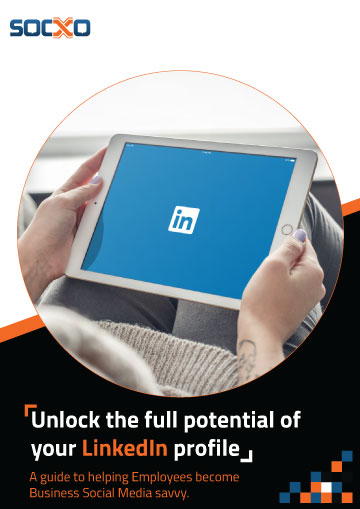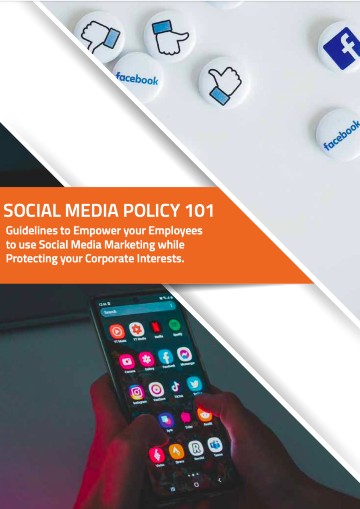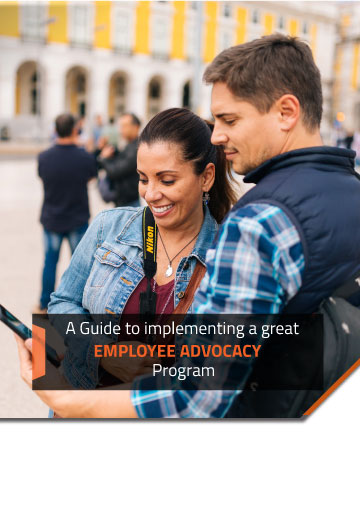
Back in 2010, when Jeanne Meister wrote her book ‘The 2020 Workplace’, she made a prediction which some people considered a bit audacious: By the year 2020, social media training in the workplace would be as common as ethics and diversity training.
Well, social media has received a supercharged boost over the past 5 years and her prediction has come true early.
Companies across the board – from Fortune 500 to SMEs – are implementing mandatory social media literacy programmes. Why? One reason is to avoid social media disasters (such as the one which affected a leading Ecom portal recently), and also to harness the power of social media to improve company’s performance.
How can you get started on training social media novices in your workforce and capitalize on their extensive contact lists and social reach?
1) First Things First – Start Early
The best way to get your employees on board with your social media training programme is to start early. The earlier the better! In fact, why not start as soon as an employee joins the firm? Don’t even wait for the ink on the contract to dry!
Gloria Burke, previous Director of Knowledge & Collaboration at Unisys, says, “We start at the very day of hire with our social media policies and will soon be incorporating a new video on how to engage with social media into the new hire process.” Starting this early in the employer-employee relationship sends a message to the rest of the workforce that the company culture of social media is not just skin-deep, but rather an important aspect that needs serious and legitimate focus.
2) Create Social Media Accounts and Explain Platforms
The basic requirement for your workforce to use social media – they each need their own account. This is important as it gives them freedom to explore each social media platform independently. Additionally, it ensures accountability, as each person will then be responsible for their own social media footprint.
Help novices create accounts on each of the key social media platforms. A quick tip: wherever possible, encourage them to use the same username across the various networks. Explain briefly how a single, sensible (but fun!) username will contribute to a unified personal brand presence across each of these sites.
Also, explain the main use of each social media platform:
This will help them decide which platform is right for them and where they would like to start building their personal brand.
3) Get Them to Start Reading and Following
Now that they’re all accounted up, help the newbie connect with people whom they already know. This can be done by searching for known contacts through the address book in their email account, or by looking up a few family members, close friends and colleagues.
Provide them a list of key organisation members with a strong social media presence who they can search for and follow immediately – ideally, a key person in their department who they already know and are familiar with on a personal level. They will likely then have a natural interest in that person’s online presence.
Furthermore, show them how to search for their favourite brands and follow them. Initially though, encourage the trainee to keep their circle small, so they don’t get overwhelmed by the information overload. Rather as they become more comfortable and find their feet in their own social space, they will gradually increase the size of their networking circle.
4) Explain Privacy Protection
One of the greatest concerns that new members of social media networks have is of privacy. They are wary as they do not know where their personal information is being used.
Explain the different privacy options that each platform has, and suggest a good level of protection that they can start with (they’ll likely be more comfortable with higher levels of protection initially). Make sure you thoroughly explain the impact of selecting this level and also, the bearing it will have on their online brand if they change these settings.
Later, once the beginner gets more experience, they’ll have the knowhow and confidence to adjust these settings as per their personal preference.
5) Share Content
Now that the employee is becoming familiar with the platforms, help them to become more adept by explaining the type of content that can be shared on each platform and the way to use them.
Example 1: Explain the 140-character limit on Twitter and how hashtags could be used to link a tweet to a particular trend.
Example 2: Explain the difference on how Facebook can be used to post content leaning towards fun/personal/informal subjects, while LinkedIn can be used to post content that showcases more professional and career-oriented information.
Once they have decided what they would like to post, help them to do it! This could be a quick initial tweet, sharing of an interesting article or event, or a post introducing themselves.
Provide them with interesting and engaging content that can be easily shared – use the opportunity to show them how to share information about their brand, but don’t go all out on it yet – keep it brief and simple. This is the stage where the novices build their personal brand and become familiar with these media.
6) Social Media on the go
Finally, show them how each platform can be accessed on the go through their mobile apps. Help them to install these and sign in on their work and personal devices, and setup notifications as they wish.
Give them a brief walkthrough of the apps, showing the basics of how to follow others and post their own content. This will encourage them to use social networks while they are out and about, thereby increasing their engagement.
Also, explain some of the tools that they can use to create and generate exciting content – example: Show them how to use photo filters and basic editing features to sweeten up some of their posts on Instagram.
Follow these 6 steps and your novice will turn professional in no time! Remember though that this isn’t a one-time investment, it is a continuous training process that will take patience and time, depending on how fast or slow they pick it up.
Build up from social media training into a social media community. The benefit? You’ll be able to harness the advocacy power that lies within your company – your employees.























